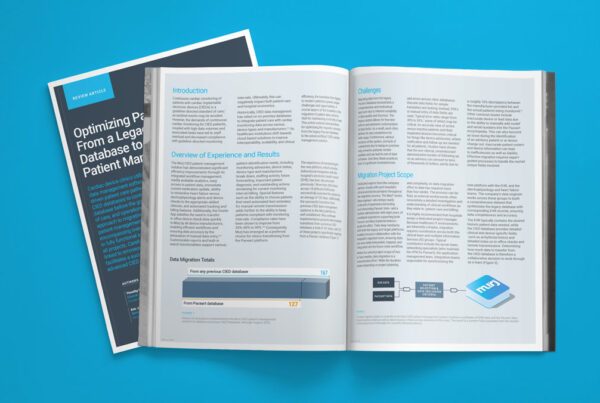Cardiac implantable electronic device (CIED) remote monitoring has been nothing short of transformative. The ability to access data from cardiac devices from afar has had a massive impact on how providers diagnose and treat patients. That’s not to mention the cost savings and patient satisfaction improvement that remote monitoring affords.
With remote monitoring, providers have access to a wealth of data. They can examine trends over time and spot clinically-relevant data points—and implement more targeted treatment plans as a result. This can reduce patient readmissions, and help expedite better heart failure (HF) and arrhythmia care.
But implementing CIED remote monitoring is not without its challenges, perhaps most significantly in the realm of patient compliance.
What is patient compliance?
At its core, patient compliance refers to the ability of patients to complete certain behaviors recommended by healthcare providers. These behaviors can include taking medication, undergoing therapies, completing diagnostic tests, and, of course, enabling routine CIED remote transmissions.
The goal of patient compliance is to encourage patients to take an active role in their diagnosis and treatment, enabling providers to offer better, more impactful care. Because a significant portion of CIED care can be remote, considerations of patient behavior are essential to proper care delivery.
Patient “buy-in” is one of many behavioral challenges to remote care. And poor patient compliance can lead to low patient satisfaction and increasing costs for clinics—and potentially a decrease in the quality of care provided.
Challenges impacting patient compliance
It can be difficult to pinpoint exactly what is causing a lack of patient engagement in a CIED clinic. But there are some common areas where patients tend to struggle when it comes to compliance.
Clinician-patient relationships
Perhaps the most important factor impacting patient compliance is the quality of the relationship a patient has with a care provider and other clinic staff. Placing trust in clinicians helps patients to be more proactive in how they approach care. But a lack of trust can mean patients don’t feel comfortable sharing when something is wrong, or don’t feel engaged in their treatment.
Health literacy & knowledge
The average CIED patient is not going to be intimately familiar with the ins and outs of remote monitoring technology. They may feel intimidated by their device, and not understand what’s required of them in order to transmit. Additionally, patients may be unaware of the billing and financial impacts of remote monitoring. Those without the means to pay excessive bills can be especially wary of enrolling in remote monitoring. This can lead to significant anxiety surrounding care, which can affect patient outcomes.
Lack of social support
For many CIED patients—especially the elderly—being surrounded by family and friends that are personally invested in their care is crucial. A well-informed and engaged social circle can help patients remember to complete certain care tasks, and guide them through contacting a clinician when something is wrong. Patients without a dedicated support system often struggle to achieve the same level of care as those with a strong social circle.
Approaches to improving patient compliance
Combating poor patient compliance is a clinic-wide effort. While no single strategy will be effective with all patients, there are some key approaches that should be top of mind for clinic managers when seeking to improve patient compliance.
Establish open and honest communication with patients
Determining what matters most to a patient, what concerns them, and what confuses them—and then being able to provide honest and direct responses—is the foundation of a strong clinician-patient relationship.
A baseline level of honesty and respect enable clinicians and staff to have impactful conversations with patients around:
- Treatment plans and strategies,
- Long-term care goals,
- Shared decision making,
- Device functionality,
- And more.
Educate patients, but don’t overload them
Collaborating with, educating, and involving patients in the decision to participate in remote monitoring can lead to better patient compliance. When patients have a basic, but solid, understanding of how remote monitoring works—including billing intervals—their compliance improves.
Consider creating an informed consent form for new patients. Using plain and simple language, inform the patient of what is required of them for remote monitoring, as well as how billing will function. Specifically explain:
- The billing cadence related to the standard of care (four remote transmissions per year for pacemakers and defibrillators, and 12 remote transmissions per year for ILRs)
- How the CIED functions, as well as what data and information it is providing to clinicians in simple terms
- How best to contact the clinic in the event of an emergency, or if the patient has questions
Ensure patients have adequate time to review the form with their families and ask any questions they may have. Have the patient sign the form for clinic records, and provide them with a copy for future reference.
Need help crafting an informed consent form to send to your clinic’s patients?
Check in on patients
A productive and mutually-beneficial relationship with a patient is not simply a byproduct of in-office visits. Rather, it encompasses all communication channels between a clinic and its patients. A yearly in-office visit should not be the only time a clinic interacts with a patient. It’s incredibly important to build a strong rapport with patients so you form a running dialogue with them.
Build a defined cadence for contacting patients, whether there’s a clinical need or not. Discuss what channels you will use to connect with patients, including phone, text, email, and more. Once staff members have connected with patients, converse with them about other aspects of their life, not just their health. Make them feel like a valued member of a team, and not just another box that needs to be checked in order to bill an insurance company.
Be proactive when it comes to CIED clinic patient compliance
Getting patient “buy-in” when it comes to compliance is critical for CIED clinics utilizing remote monitoring. Prioritizing patient compliance is a team effort and should be part of CIED clinic culture. By educating, encouraging, and engaging patients, you can boost patient and staff satisfaction, improve reimbursement capture, and create better care outcomes.
Murj is a CIED management platform that offers solutions and services to help clinics deliver superior care and run more efficiently. Interested in learning more about how Murj’s next generation workflow technology can help your clinic improve patient compliance? Connect with us today.





